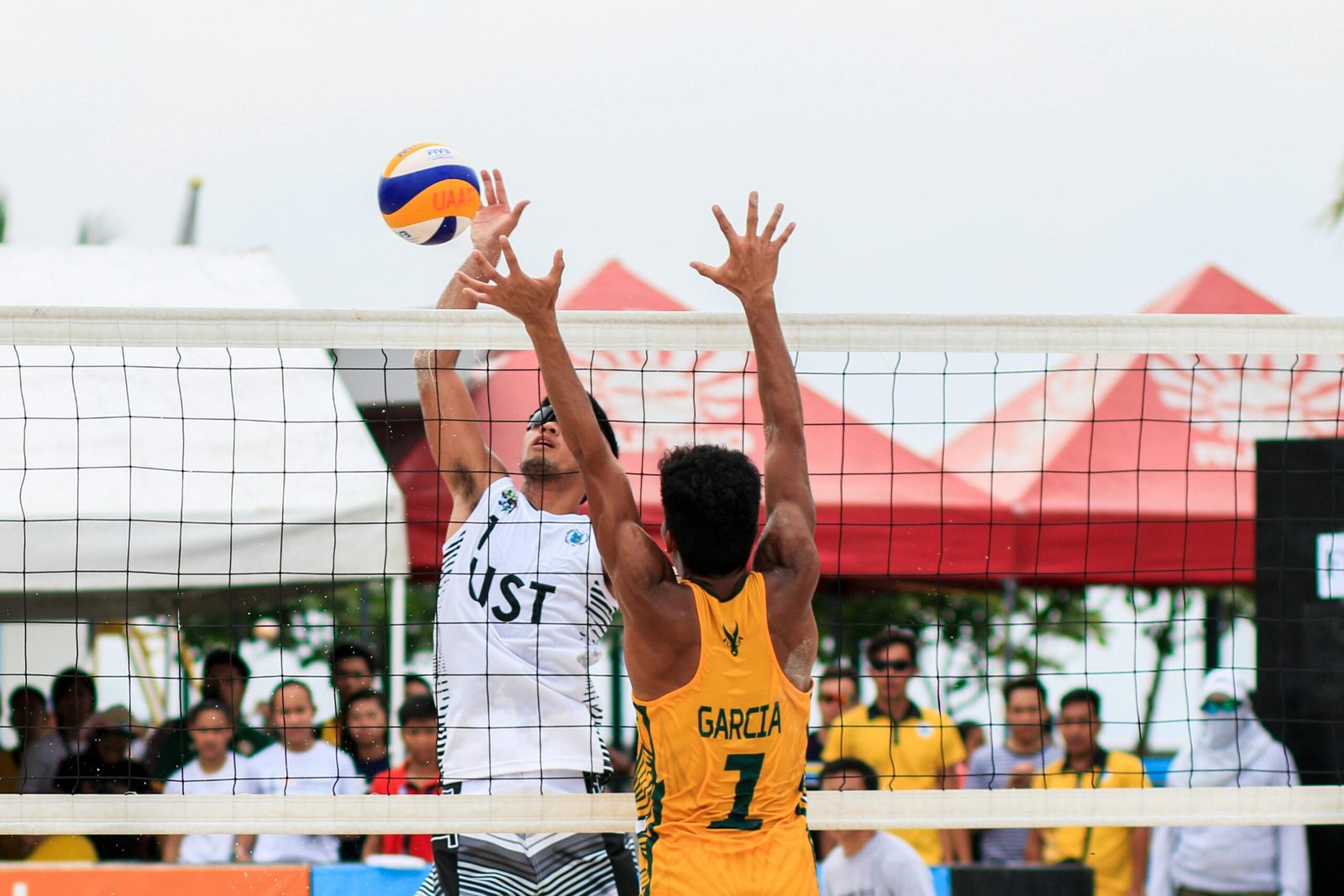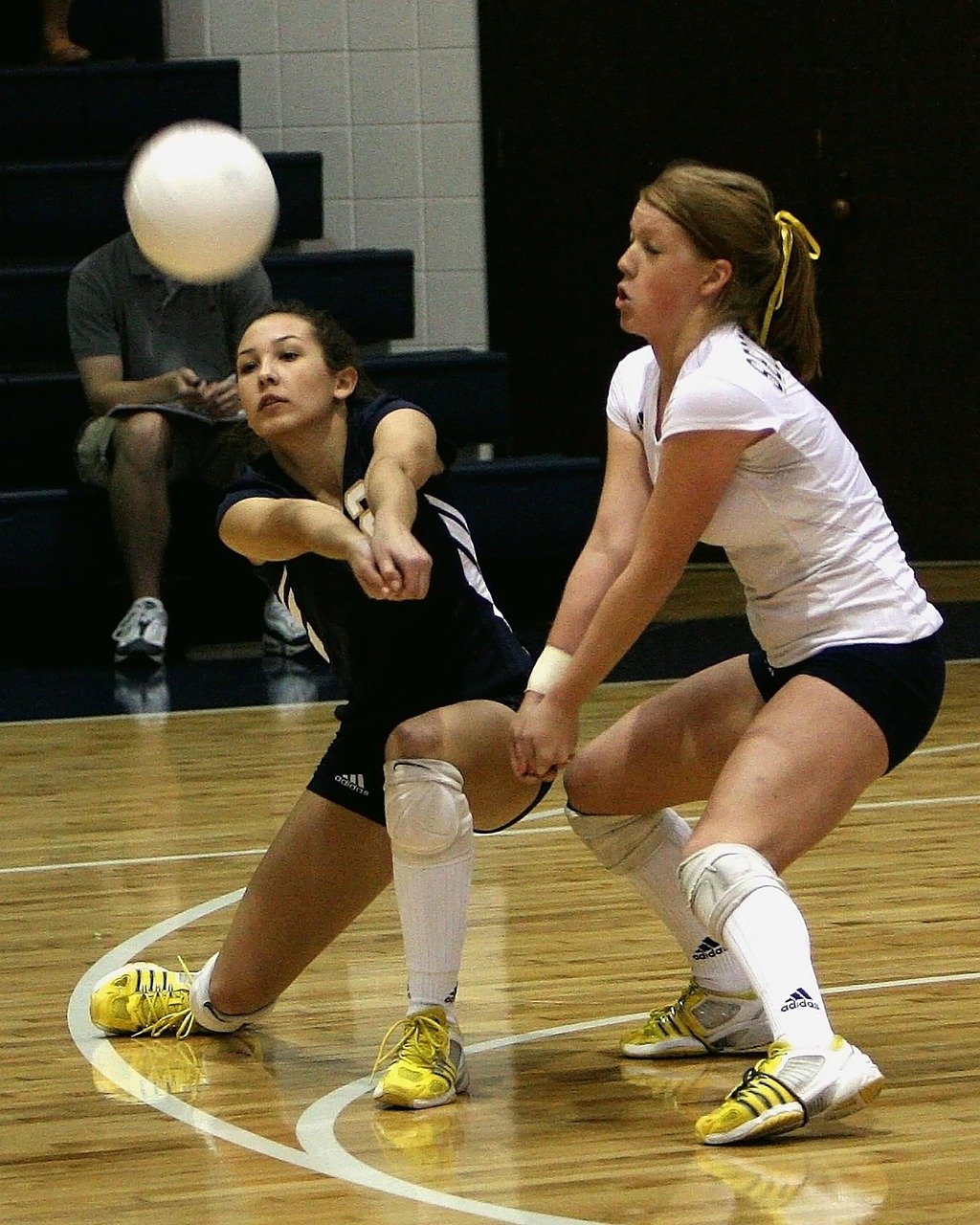Choosing the right volleyball shoes can make a huge difference to your comfort, performance, and injury prevention. Whether you’re a beginner or an experienced player, having footwear designed specifically for the demands of volleyball is essential.
In this guide, we’ll explore what makes a great pair of volleyball shoes, which features to look for, how to choose based on your position and playing style, and which popular models are trusted by athletes around the world.
Why Volleyball-Specific Shoes Matter
Volleyball shoes are designed to support the quick, multidirectional movements that are common in the sport. Generic running or training shoes often lack the grip, support, and cushioning needed for safe and effective play.
Volleyball shoes provide:
- Better traction on indoor courts
- Lateral support to prevent ankle rolls
- Lightweight design for fast footwork
- Shock absorption for jumping and landing
Wearing the right shoes can improve your agility, reduce fatigue, and help prevent injuries like sprains or stress fractures.
Key Features to Look For in Volleyball Shoes
1. Outsole Grip
Indoor courts are smooth and can become slippery. A good volleyball shoe has a gum rubber sole or a similarly tacky material that grips well on wood or synthetic court surfaces.
Look for:
- Non-marking gum rubber soles
- Deep traction patterns for strong court grip
- Good lateral grip for quick direction changes
2. Cushioning
Jumping and landing are constant in volleyball. Shoes need cushioning to protect your joints and reduce impact on your knees and ankles.
Good cushioning systems include:
- Gel-based or EVA midsoles
- Zoom Air or Bounce foam technology
- Heel and forefoot padding
Aim for a balance—too much cushion can reduce court feel, while too little increases fatigue and injury risk.
3. Lateral Support
Unlike running shoes, volleyball shoes must support quick side-to-side movements. This is where lateral stability becomes essential.
Check for:
- Stiff heel counters to lock the foot in
- Reinforced side panels or overlays
- Midfoot shanks to reduce twisting
This support helps you stay stable when diving, sliding, or blocking at the net.
4. Lightweight Construction
Heavy shoes can slow down your reactions. Volleyball shoes are typically lightweight to maximise speed and mobility.
Look for:
- Mesh uppers for breathability
- Synthetic overlays for structure without weight
- Streamlined designs
Light shoes reduce drag and help you move more freely, especially in fast-paced rallies.
5. Fit and Comfort
A poor fit can cause blisters, foot fatigue, or even long-term issues like plantar fasciitis. Always try before you buy, or choose brands that offer detailed sizing guidance.
Ensure the shoe:
- Has a snug heel fit (no slipping)
- Offers enough toe room (not cramped)
- Doesn’t pinch or rub along the sides
- Feels secure but not restrictive
If you’re playing several times a week, consider rotating two pairs to prolong their life and allow full drying between sessions.
Choosing the Right Shoe by Playing Position
Your position on the court influences your shoe choice. Different roles have different movement patterns and priorities.
Outside Hitters
Outside hitters need versatile shoes that support both offence and defence.
- Prioritise: Lateral support, cushioning, and durability
- Good choices: Shoes with balanced midsoles and strong grip
Middle Blockers
These players jump and land frequently. Impact protection and stability are key.
- Prioritise: Maximum cushioning and ankle support
- Good choices: Slightly higher-cut shoes with shock-absorbing soles
Setters
Setters require agility and quick footwork. Lightweight, responsive shoes help them cover ground fast.
- Prioritise: Low-profile, lightweight shoes with excellent traction
- Good choices: Models with firm midsoles and grippy outsoles
Liberos/Defensive Specialists
These players move low and dive often. They need low-profile, flexible shoes with traction.
- Prioritise: Court feel, flexibility, and grip
- Good choices: Shoes with low-stack heights and strong outsole rubber
Top Volleyball Shoe Brands
Here are some of the most trusted and popular volleyball shoe brands among competitive players:
Mizuno
- Known for: Volleyball-specific technology, comfort, and arch support
- Top models: Mizuno Wave Momentum, Mizuno Wave Lightning Z8
- Strengths: Great balance between cushioning and speed
ASICS
- Known for: Gel cushioning and reliable grip
- Top models: ASICS Sky Elite FF, ASICS Netburner Ballistic
- Strengths: Shock absorption and fit
Nike
- Known for: Modern designs and responsiveness
- Top models: Nike React Hyperset, Nike Zoom HyperAce
- Strengths: Stylish, performance-focused shoes with good bounce
Adidas
- Known for: Boost and Bounce cushioning, sleek design
- Top models: Adidas CrazyFlight, Adidas Stabil
- Strengths: Lightweight and durable options for all positions
Under Armour
- Known for: Strong lateral support and durability
- Top models: UA HOVR Highlight Ace
- Strengths: Ankle protection and modern cushioning systems
Tips for Buying Volleyball Shoes
- Try shoes on at the end of the day when your feet are slightly swollen—this mimics in-game foot size.
- Wear your actual volleyball socks to check fit properly.
- If you’re buying online, use reviews and sizing charts from trusted volleyball retailers.
- Replace your shoes when the outsole grip wears down or the cushioning feels flat—usually every 6–12 months depending on usage.
- Avoid running shoes for volleyball—they lack lateral support and proper grip for court play.
Don’t Forget About Aesthetics (Optional)
While performance should always come first, many players also look for shoes that match their kit or represent their personal style. Fortunately, most major volleyball shoe lines offer a variety of colours and designs.
If you’re buying for a team, consider getting matching shoes for a unified look—but never sacrifice fit or comfort for style.
Caring for Your Volleyball Shoes
Extend the life of your shoes with these care tips:
- Use them only on indoor courts to avoid damaging the soles.
- Store in a dry, ventilated area—don’t leave them in your gym bag.
- Clean soles regularly with a damp cloth to maintain traction.
- Replace worn-out insoles for added comfort.
Final Thoughts
The best volleyball shoes provide the grip, cushioning, support, and comfort you need to perform at your best. Whether you’re a beginner building your foundation or an experienced athlete playing competitively, investing in the right footwear is a smart move.
Take the time to find a pair that fits your playing style and position, and you’ll feel more confident and secure on every jump, dive, and sprint across the court.


